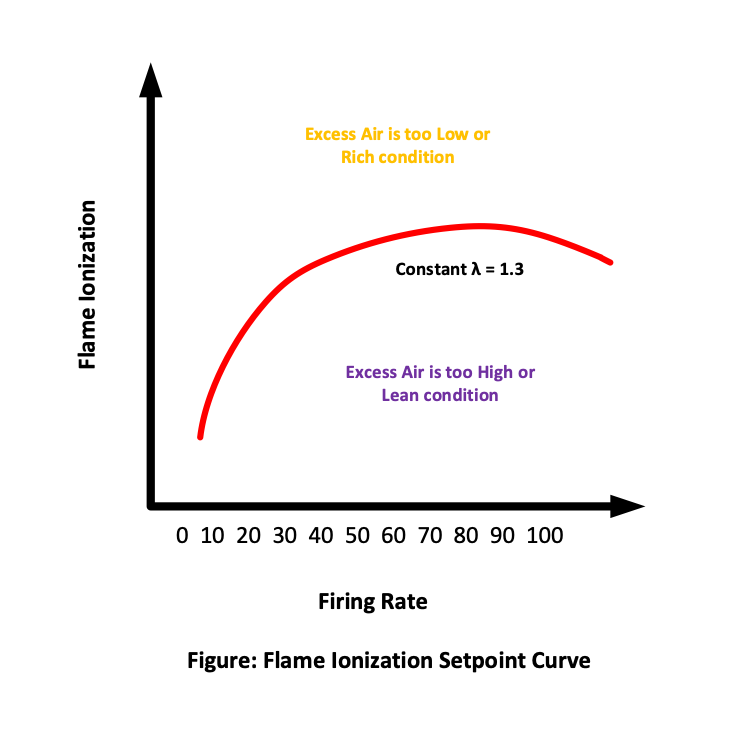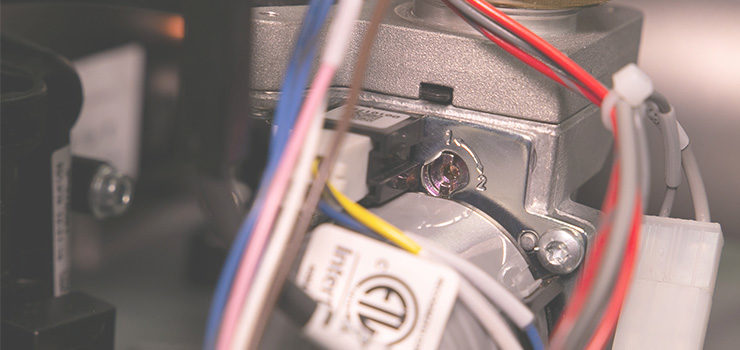By Jerry King, Technical Sales Support Specialist for Heating Solutions Sales Company (HSSC), representing U.S. Boiler Company
A Brief History
Gas adaptive combustion was developed in Europe. In 2001, the first condensing boiler with a gas adaptive valve was introduced. This technology was developed to address the widely different BTU content of the fuel supply in northern Europe. European fuel originates in different countries with varying quality/BTU content standards.
This raises a question: If United States fuel supply doesn’t have the same variation in BTU content, how can gas adaptive technology benefit us?
Answer: It gives the ability to use the same gas valve for both LP and natural gas, as well as eliminates the need to manually adjust the valve for combustion.
How Does Gas Adaptive Combustion Work?
A traditional pneumatic gas valve uses CO2, CO, and O2 readings that are taken using a combustion analyzer. These readings guide a technician while manually adjusting the screws on a gas valve.
Gas adaptive combustion uses the flame ionization signal received by the ignitor/flame rod to adjust the air fuel mixture to maintain a preset value. The boiler control takes the ionization signal and, by controlling the blower and gas valve via a PWM signal, adjusts the amount of air and gas entering the burner until it gets the ionization signal it’s looking for. This control platform allows constant combustion monitoring for optimal efficiency. In addition, there is a scheduled calibration period which occurs based on run time cycles that confirms the system is operating within OEM specifications.
A Deeper Dive
For those of you who want or need to know the science, gas adaptive systems utilize the relationship between flame ionization signal and the air-fuel ratio (also known as lambda λ). Combustion systems have a relationship between flame ionization and firing rate that can be expressed by a flame ionization curve (see figure below). At every firing rate, there is a flame ionization value that corresponds to the target lambda (λ = 1.3 in figure below, indicating ~30% excess air). Once defined, the flame ionization curve is used as a target setpoint to control the gas valve. When the flame ionization is higher than expected (high signal indicates low O2, or rich condition), the control decreases gas valve position to return to λ = 1.3. Similarly, when flame ionization is lower than expected (indicating excess air too high, or lean condition), the control increases gas valve position to return to λ = 1.3.

Gas adaptive systems periodically calibrate to compensate for effects like combustion air temperature/humidity variation, component wear, and fuel composition. Calibration is automatically initiated upon a boiler start several times per month based on an internal counter. When a calibration is required and demand is present, the boiler starts and runs at a constant mid-range firing rate. The gas valve is opened until lambda equals 1 and a maximum ionization value is reached. This value is then used to shift the ionization setpoint curve. Following this phase, the boiler ramps to low fire and calibrates the minimum opening point of the gas valve. The entire calibration sequence lasts about one minute.
Ignitions are more reliable with gas-adaptive systems. Gas adaptive ignitions begin with the gas valve opening to a fixed point followed by an automatic ramp up until a flame is detected. This feature assures the system will always light at the proper air-fuel ratio. In contrast, pneumatic gas valves open to the same fixed point at every ignition, which is only changed by a manual adjustment of the gas valve. This can lead to light-off issues such as noise or ignition failure over time.
How Do Boiler Professionals Benefit from Gas Adaptive Technology?
U.S. Boiler recently released the Alta condensing product line that takes full advantage of this technology. The benefits are:
1) NO manual gas valve adjustments
2) Simple 2-step natural gas-to-LP conversion
3) More reliable ignitions
4) Optimized efficiency and reduced emissions for fuel savings
Gas adaptive boiler systems have no adjustment screws on the gas valve and self-calibrate to set combustion. Eliminating the need to manually set combustion saves time at installation and on service calls. When fuel conversion is necessary, you simply move the fuel selector switch and complete a parameter change in the control. During initial startup and pre-set intervals thereafter, the system will calibrate on its own to ensure the boiler is running at its optimal efficiency and to verify the ignitor/flame rod is not compromised. In case you need to replace the gas valve or perform other repairs that require the boiler to run a calibration, you can initiate a manual calibration.
Looking to the Future
As we look for ways to be more fuel efficient and less impactful on the environment, some are looking at alternative fuel sources, such as fuel blends using hydrogen or biogas mixed with natural gas or propane. As our industry progresses, I’m certain that gas adaptive combustion technology will play a key role in utilizing these alternatives effectively.

